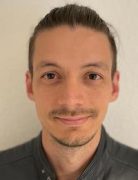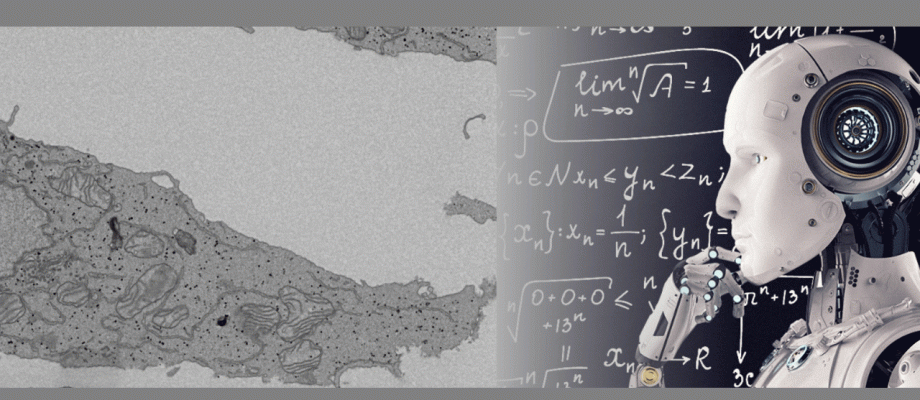CONDITIONS FOR RESEARCH. The development of next generation smart microscopy involves a powerful combination of automated end-to-end imaging workflows, image analysis, and machine learning strategies. Rafael Camacho, scientific officer at CCI who works with this development, received the SSF Research Infrastructure Fellows 2 program – a SEK 15 million grant spread over a five-year period with the aim to continue the development of smart microscopy.
Since the project is carried out within Core Facilities’ research infrastructure, it will result in open access usage locally at GU as well as nationally and internationally. Hence, separate research groups do not need to put time and resources on developing their own solutions, Rafael Camacho says.
Democratizing Access to Technology

“This development is not meant to stay at CCI but to come of use for the whole research community as a standard, as well as contribute to democratize accessibility to advanced instrumentation by reducing the limits of geography and budget,” Rafael added.
He explained that the automation enables us to control the microscopes from distance and access them through computers, and the processes can run around the clock. This gives us the possibility to carry out projects on weekends or evenings which can lower the costs of using the advanced technology.
Training the Software
The smart microscopy software is trained to analyse samples, identify certain feature in the field of view, and are instructed to on-the-fly move on to next task in the process – all this without human intervention.
“For example, within the field of quantitative biology this can be of great value since in many cases researchers are looking for very rare events. If a human is doing the target selection it can be extremely time consuming and biased. If on the other hand a computer makes the decisions, they are always made on the same premises and that will reduce the human error. Also, the microscope can be working for days in a row, which will make the results more statistically sound.”
Transforms Images Into Numbers
Rafael says that the usage of microscopes is shifting due to the automatization, from being a tool to compare tissues as a qualitative assessment, into more quantitative methods where we translate the images seen by the human eye into numbers that can be processed and analysed further.
“The quantitative information can reveal in which way two samples differ. For example, looking at mitochondria, we can learn about the spread, the amount and the size within each sample.”
But the auto-collected data is not only a blessing: the amount of information gathered is massive and demands well-functioning strategies and powerful IT to be handled and processed into useful information for researchers. This is another link in the project that Rafael is working on simultaneously.
“This is a very challenging field, and we will benefit by cooperation with colleagues in other research infrastructures, particularly in the area of image analysis. The microscopes we are using are commercially available instruments, so we also work closely with the manufacturers to successfully implement these strategies in a standardised way to allow sharing and wide usage. In the first phase of the project, we will also work close to researchers in real cases to prove implementation and benefit of our methods.”
BY: CHARBEL SADER
Second Time CCI Recieves SSF Fellows
The Swedish Foundation for Strategic Research (SSF) announces the availability of a total of SEK 105 million in grants in a national call for proposals directed towards individual Fellows that are devoted to building and operating research infrastructure that meet the highest international scientific standards and strengthen present or future Swedish-based industry and society.
This year, seven projects from seven Swedish universities have been selected and granted SEK 15 million each during a five-year period.
It is the second time that the Centre for Cellular Imaging is granted the SSF Fellows. In 2015 when the program started, Dr Julia Fernandez-Rodriguez received the grant for the development of CCI to a Research Infrastructure for Advanced Cellular Microscopy. This program allowed Dr Fernandez-Rodriguez to develop important correlative multimodal microscopy methods, and for the Centre for Cellular Imaging to integrate electron microscopy technologies into the infrastructure.
CCI is part of SciLifeLab and national NMI where researchers from all over Sweden will be able to take part in the development. Through BNMI and Eurobioimgaing, researchers from Europe and globally will also be able to use the project’s results.











